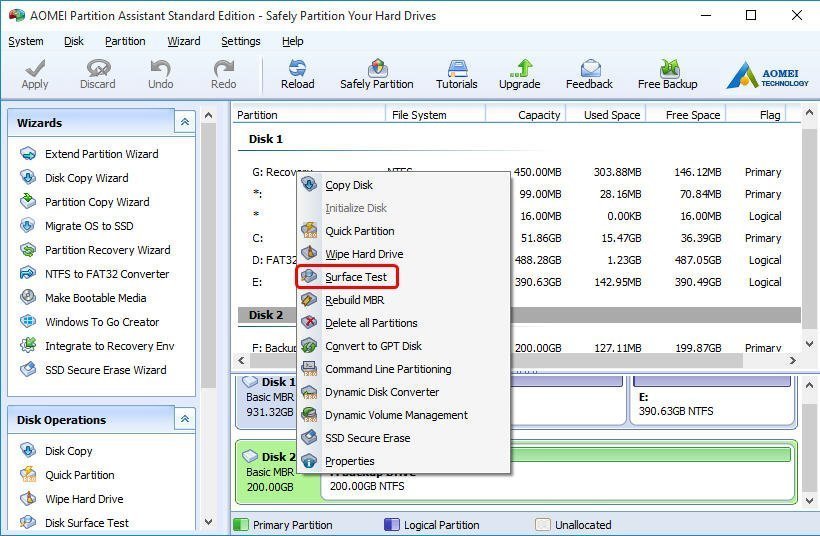The first thing you need to check is the file system of your USB disk, whether it is FAT32, to be precise. Default file system format for my Transcend flash device is FAT32, which lacks support for files larger than 4 GB. To be sure what file system you have, right click on your USB flash disk (or hard disk) and select Properties.
- File systems (FAT, FAT8, FAT16, FAT32 and NTFS) explained The precise manner in which data is organised on a hard disk drive is determined by the file system used. File systems are generally operating system dependent.
- Fix Windows 10 FATFILESYSTEM errors FATFILESYSTEM errors manifest in two ways, a fast reboot loop where you cannot do anything and a slower reboot loop that boots briefly into Windows before crashing after 5 or 10 minutes. Let’s look at things you can do from within Windows first. Update all your drivers and retest.
I'm using the FAT32 file system for my pen drive. It frequently has file/data corruptions.
In Windows, I used the scan disk utility to fix the FAT32/NTFS file systems. How can I do this in Ubuntu?
Tim4 Answers
Try typing the following command in the Linux terminal:
sdc1 is usually your pen drive. You can find your pen drive by typing mount in terminal. It's somewhere inside. If that command takes too much time for you, avoid -t switch.
-wmeans write to disk immediately.-rmeans to do disk check interactively (ask you what to do to when encountering errors). On newer versions of dosfsck this is the default.-lmeans to list the filenames processed.-ameans automatically fix errors. Do not use it, if You want to have more control over fixing possible errors.-vmeans verbose mode. Generates slightly more output.-tmeans mark unreadable clusters as bad.
If you want to be sure not to lose your data, create a backup of the source device first.
NaveenNaveen
You can try Dosfsck, which is a component of dosfstools.
For this, type in terminal:
To use Dosfsck, you have to indicate the device address you want (Ex. /dev/sdb1, /dev/sdb2, or other device.).
To know your device address, open the terminal (CTRL+ALT+T), then run this command:
If your partition is /dev/sdb1, for example, then unmount it first by running this command:
Now you can verify and repair your partition by running this command:
Hope this helps.
Note:
if you receive the following error, when your USB flash drive is not recognized:
Run this command: Contoh narrative text beserta soal essay dan jawaban pengantar akuntansi 2.
If the output is:
Run this command:
Of course, you must change the device address to your needs, like i wrote above.
Octávio Filipe GonçalvesFile System Error 1073741819
Octávio Filipe GonçalvesThese examples will use FAT32 and /dev/sdc1
fsck.vfat -n /dev/sdc1 - a simple non-interactive read-only check
fsck.vfat -a /dev/sdc1 - checks the file system and fixes non-interactively. Least destructive approach is always used.
fsck.vfat -r /dev/sdc1 - interactive repair. User is always prompted when there is more than a single approach to fixing a problem.
fsck.vfat -l -v -a -t /dev/sdc1 - a very verbose way of checking and repairing the filesystem non-interactively. The -t parameter will mark unreadable clusters as bad, thus making them unavailable to newly created files and directories.
